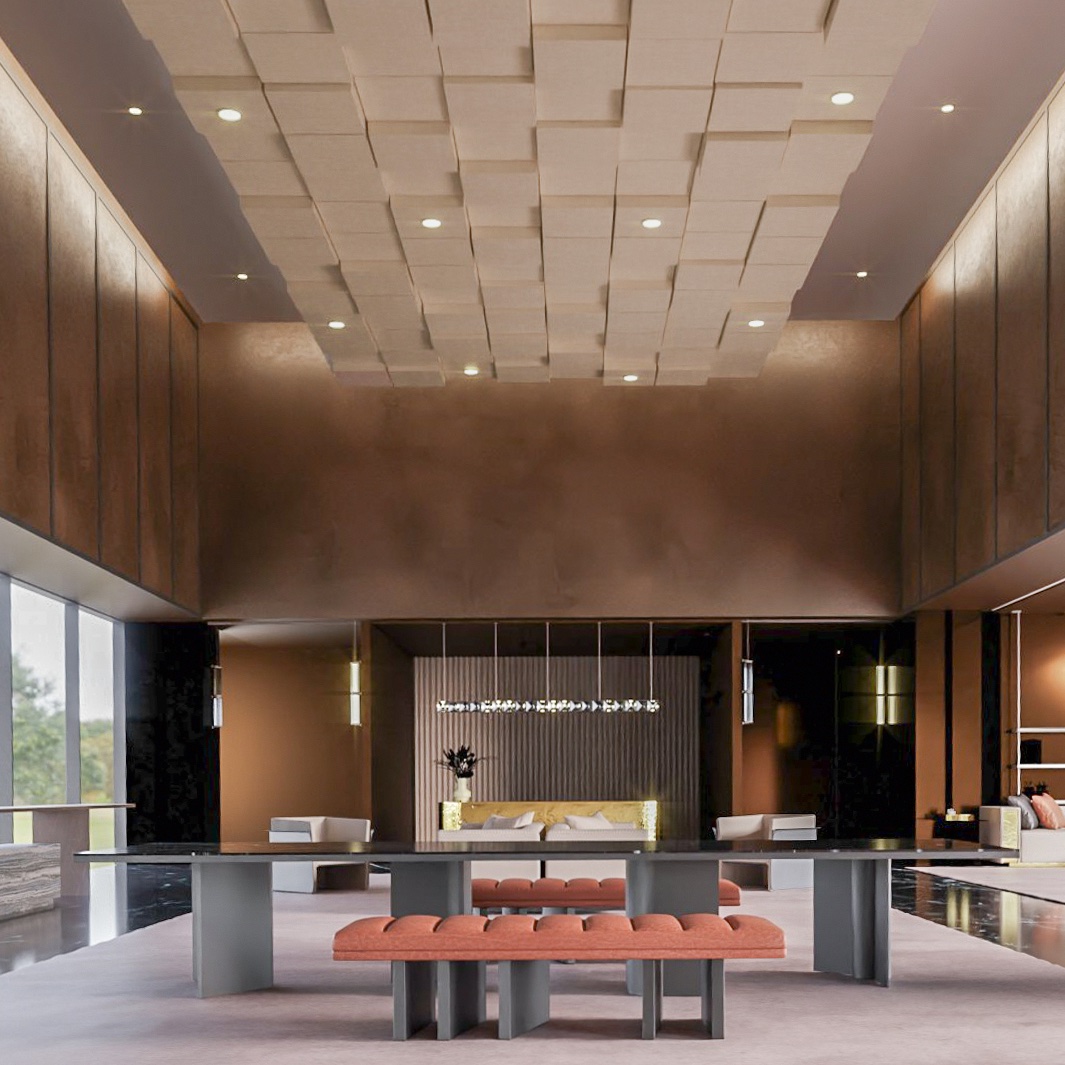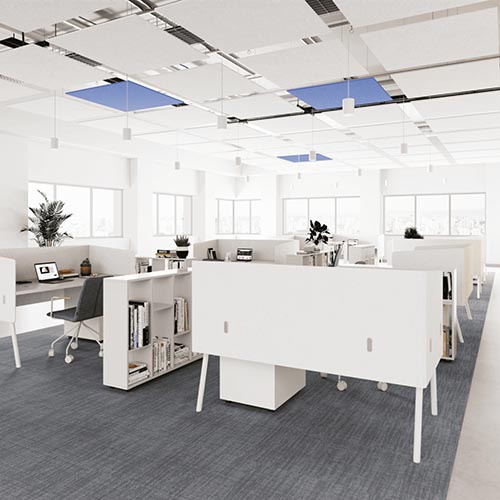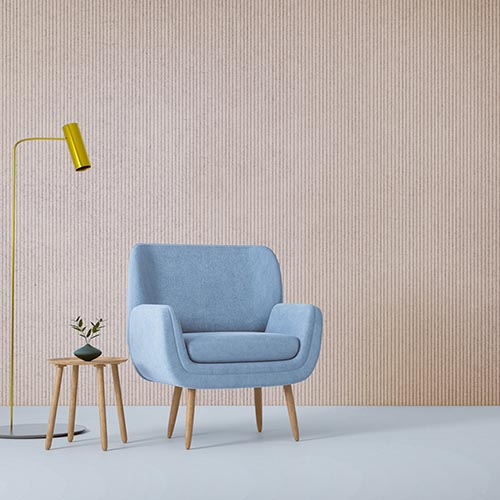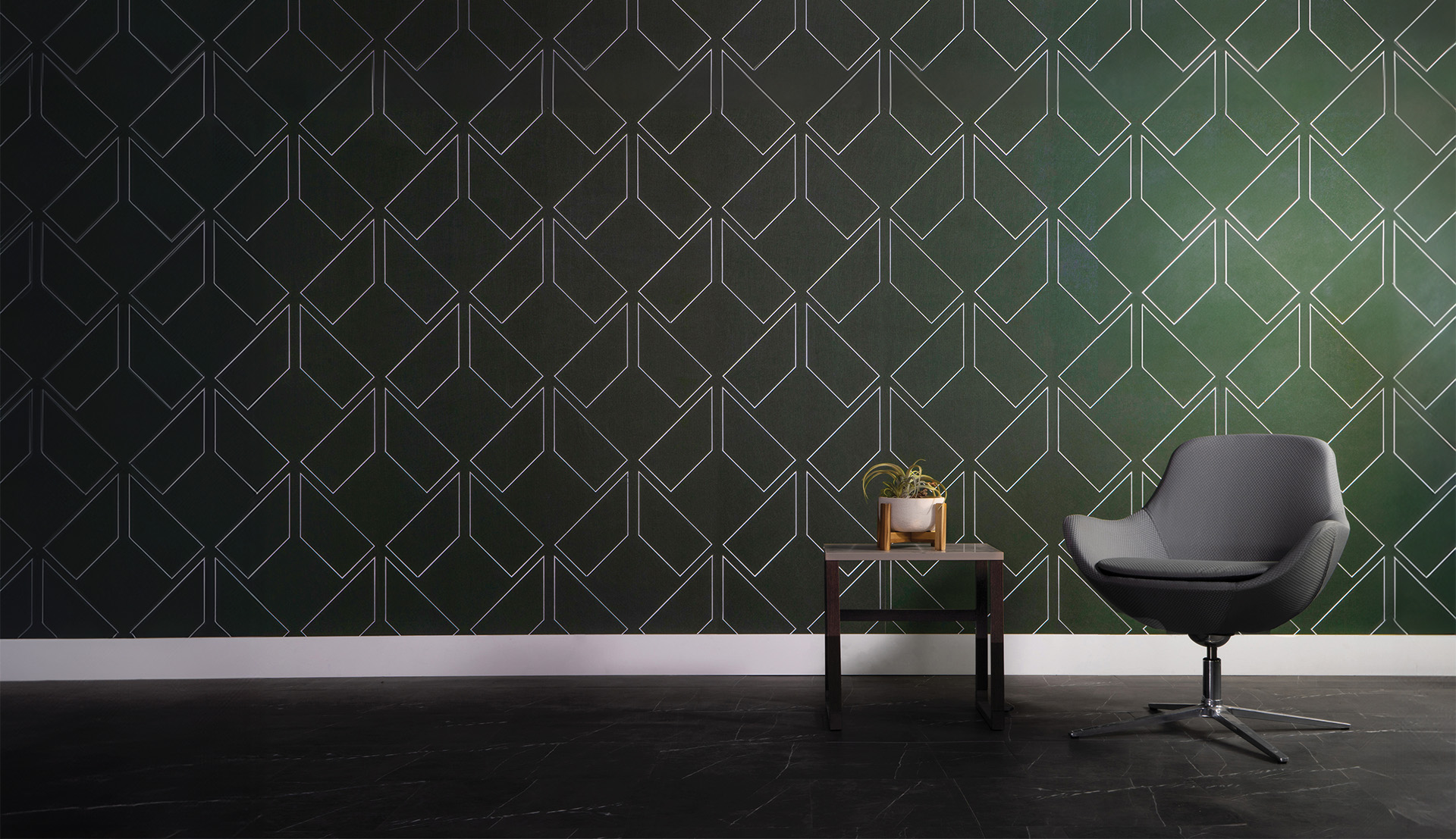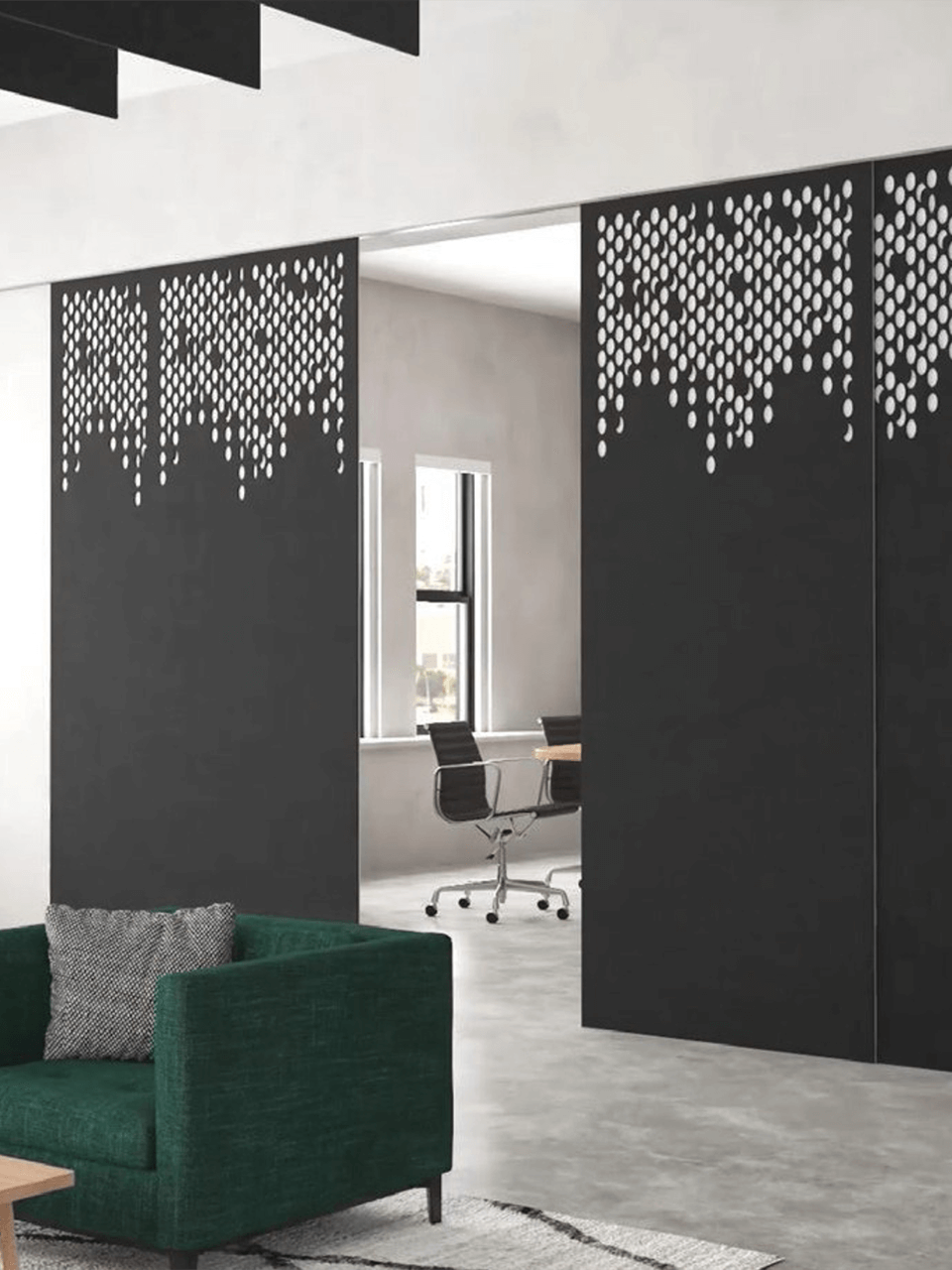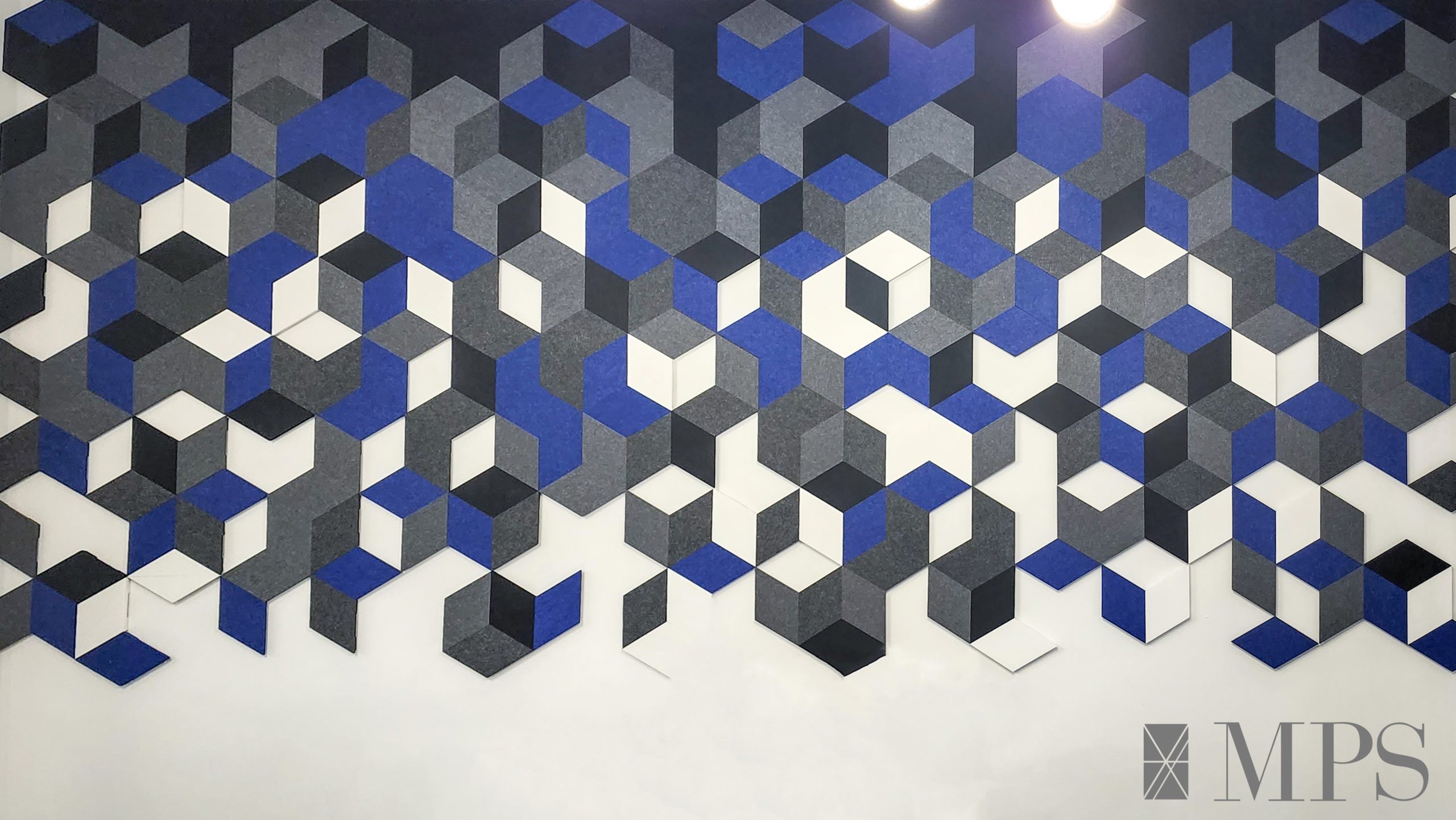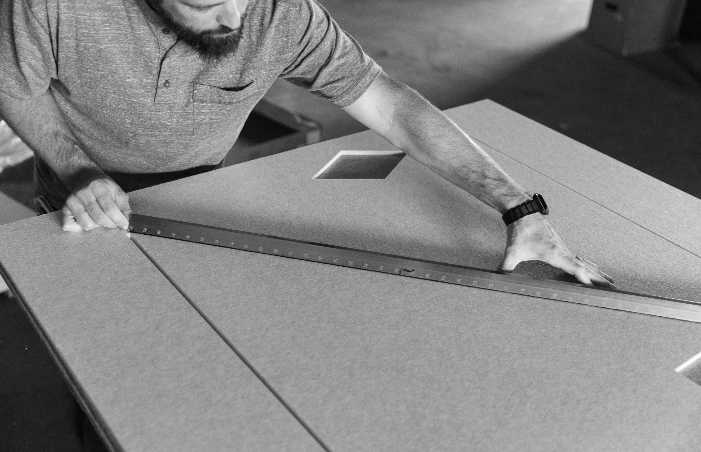Repurposing old buildings to large open office spaces offers lower acquisition costs, but many converted offices come with acoustics issues that cost more in the long run. Cost-effective acoustic panels and sound masking technology help solve these issues without the high expense of reconstruction.
The Growing Trend Of Converted Offices
Converting old warehouses, gymnasiums, factories and other commercial areas to large, expansive open offices is now a growing trend among many companies and private organizations.
These converted offices are often characterized by wide open space, exposed brick walls, concrete floors, extensive use of metal and glass and little to no partitions.
The contemporary and minimalistic designs of these converted offices are considered to be an attractive selling point to new and younger recruits. With the continuous price increase in real estate properties, it’s also a cost-effective alternative to buying or building new office space.
Room Acoustics Issues in Converted Offices
The modern design of converted offices is considered to be their most attractive point. But it’s also the cause of many acoustical issues in the workspace. Distracting noise and lack of speech privacy are evident issues in many converted offices.
The typical open office has clusters of workstations and even lounging areas with little to no partitions. Sound and noise travel are in the open space unimpeded. Those that do have partitions often use thin walls or glass walls, effective for physical separation but not for workspace acoustics.
High or dome ceilings and exposed brick walls cause echoes. Smooth and hard surfaces like glass, metals or concrete floors increase sound reflection. Noise bounces off these surfaces and travels across the open space.
The modern design of these offices results in a lack of speech privacy. Noise from human speech — meetings, phone calls, chitchats, and even confidential conversations travel more freely in offices with poor room acoustics design.
Effects of Poor Room Acoustics
Lack of speech privacy means more distracting noise. Distracted employees become disengaged which then results in higher stress, absenteeism and turnover rates. Disengaged employees are also prone to more errors, affecting their work quality and productivity.
The lack of speech privacy opens your company or organization to high risks of confidentiality breaches and espionage. Space, where human speech travels so freely, might fail to safeguard confidential and sensitive conversations and information.
Poor room acoustics and lack of speech privacy negatively reflect on your bottom line. You might be able to save a lot on your office space acquisition but the lack of speech privacy will cost you more in the long run.
The ABCs of Speech Privacy and Acoustics Design
The ABCs of speech privacy — Absorb, Block, Cover — represent three ways you can improve office acoustics and achieve necessary privacy in your working environment without the high costs of construction. Absorb and block sound with flexible and functional acoustic panels and cover sound with adaptive sound masking systems.

EcoPrivacy™ acoustic panels reduce the acoustic and visual noise in a workspace. These functional pieces of art provide your workspace with dynamic colors and designs. Install them as demountable walls, acoustic ceiling panels or workspace partitions.
VoiceArrest™ sound masking systems adapt to noise levels and add a comfortable background sound, making conversations less intelligible and distracting. Unobtrusive speakers can be installed in areas that need a certain level of privacy.
Together, flexible acoustic panels and commercial sound masking systems are a cost-effective way to ensure good room acoustics and speech privacy in your workspace.
Learn more about the high cost of conversational distractions. Download the When Talk Isn’t Cheap whitepaper now.

